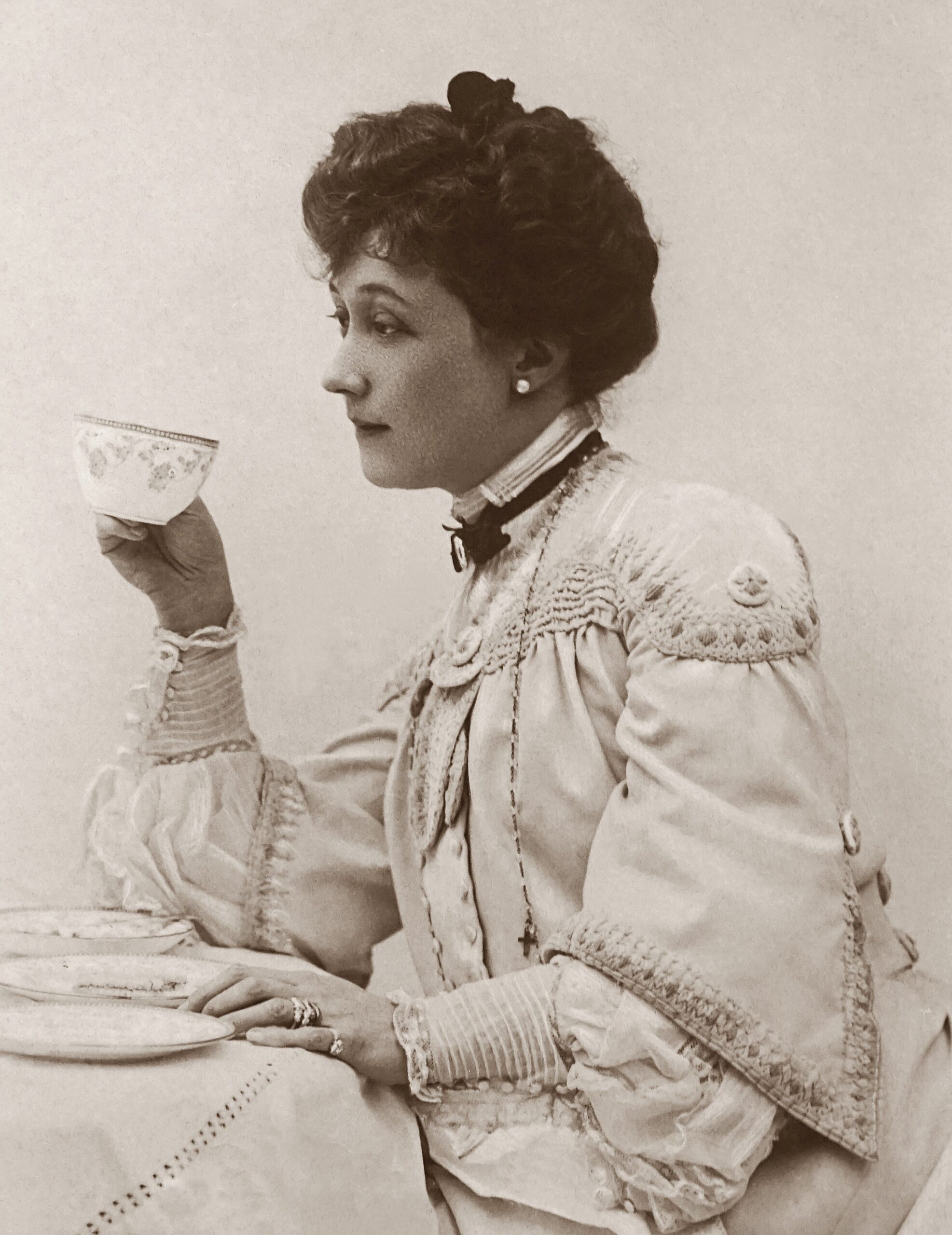I didn’t take to reading out loud to my children right away. Some women read to their children while they were still in the womb, or told them stories before their eyes could focus or they were capable of forming a babbled word or two in response. I talked to my eldest daughter all the time, telling her about the day, what we saw when we were out on walks, how cute her piggies were, but picking up a book and flipping through the pages while struggling to hold the attention of a sturdy infant who would rather run around the house naked and screaming was not initially in my skill set.
But as she began to settle and become more willing to climb into my lap and point at the pictures, I started to get the hang of storytime.
Rise the Moon became an instant favorite, along with Where the Wild Things Are and The War Between the Vowels and the Consonants. Our collection of picture books began to grow, soon containing everything from stories about big red dogs to tales of discolored breakfast foods. Then, we began making more and more trips to the library, coming home with things like Curious George and Amelia Bedelia and Ladybug Girl and The Brave Little Seamstress.
When my second child fell into a more regular sleep pattern and became a more willing (i.e. awake) participant at our bedtime story routine, that was when I became more aware of which stories caught my attention, which ones didn’t, and why.
Flow was the first thing I became aware of. Was the story easy to read? And not just because of length or the simplicity of the words, but did my tongue get tangled up in the syllables, or did it simply roll out of my mouth like poetry? Even kids books can sometimes be difficult to read out loud, their words not working together to make fluid lines and phrases. So I began to notice it in grown-up books, as well. I would flip through a paperback I’d picked up at a store, thumb through a free book I’d picked up off Amazon for my Kindle, and wonder why some lines made me stop and go back through them over and over again until they made sense to my brain, like having to pick my way over a path riddled with literary rocks and tree roots.
It was then I began to read my own writing out loud, going through each word and sentence while listening to the sound of it all, the feel of it as I shaped each vowel and chewed over every consonant. If a line didn’t flow well, if it jarred at any point as I tried to say it, then it needed to be reworked, or sometimes even cut entirely.
Dialogue came next. My kids are much more adept at picking up on nuances in plot and speech than I am (or probably ever will be). They would react to a character’s dialogue, whether a line was silly or scary or sad, sometimes without my even having to use a put-on voice that was nothing like my own. And if the dialogue was well done, they would often know who was talking without the necessity of dialogue tags (he said, she said, it said). But if the conversation between two characters was flat and lifeless, if it did nothing to differentiate between the people on the page, then my kids lost interest during the talking bits, and no amount of silly voices could save it.
Yet the thing that makes me marvel the most while I’m reading books to my children is how some authors are able to write a complete story, full of plot twists, brilliant character development, back story, resolution and more, and all in just a few chapters. They’re able to cut out the fluff and get to the meat of the story, and yet a good children’s book will never feel shortened or somehow incomplete.
And so these are some of the qualities I’m trying—trying—to bring to my own writing. My children’s interest in a particular book is a perfect litmus test as to what works and what doesn’t. So one day, when they’re old enough to read my stories, if they even want to read anything I’ve ever written, I hope my books will be able to meet all of those requirements. Or maybe my kids will just want to stick with I Want My Hat Back or Charlie and the Chocolate Factory. Because if they did, I don’t think I’d blame them.


